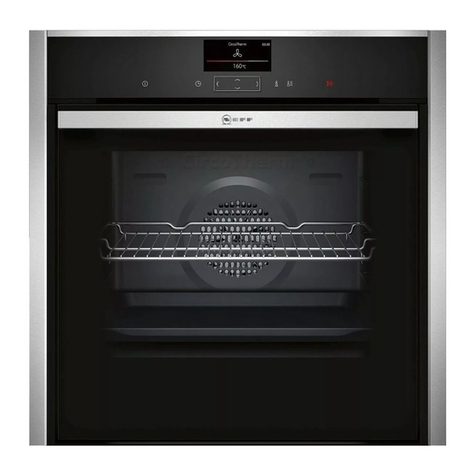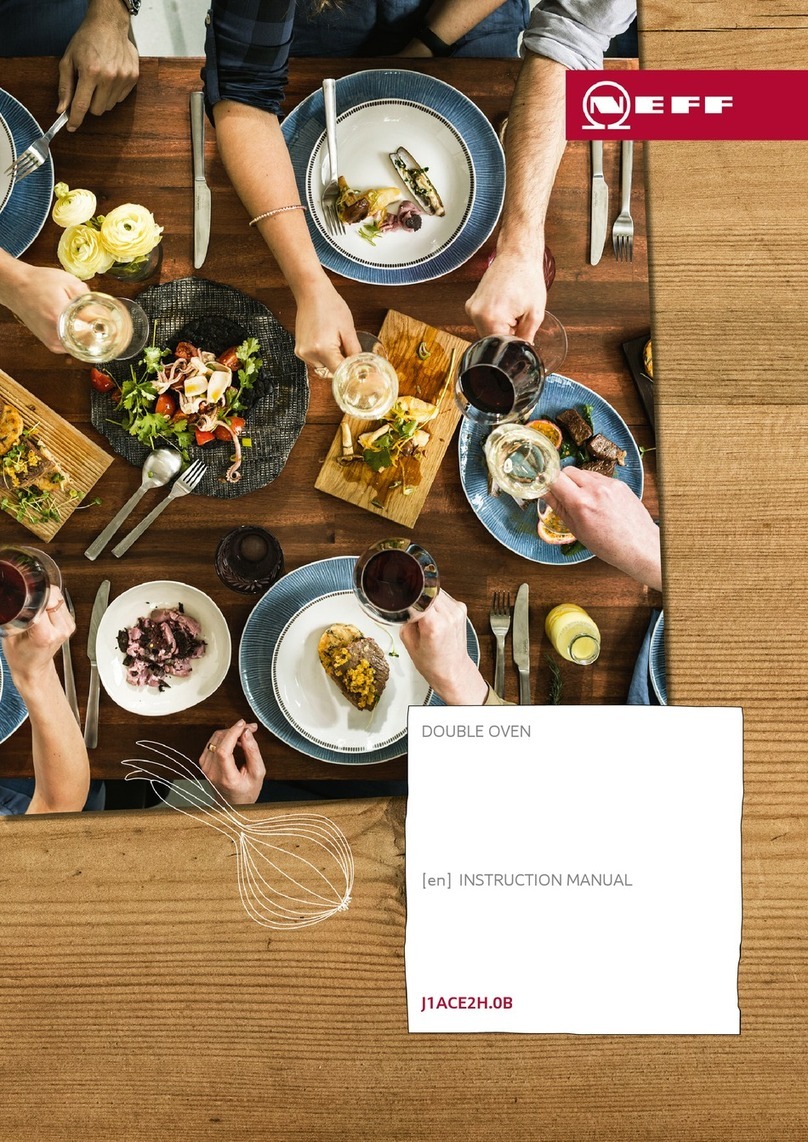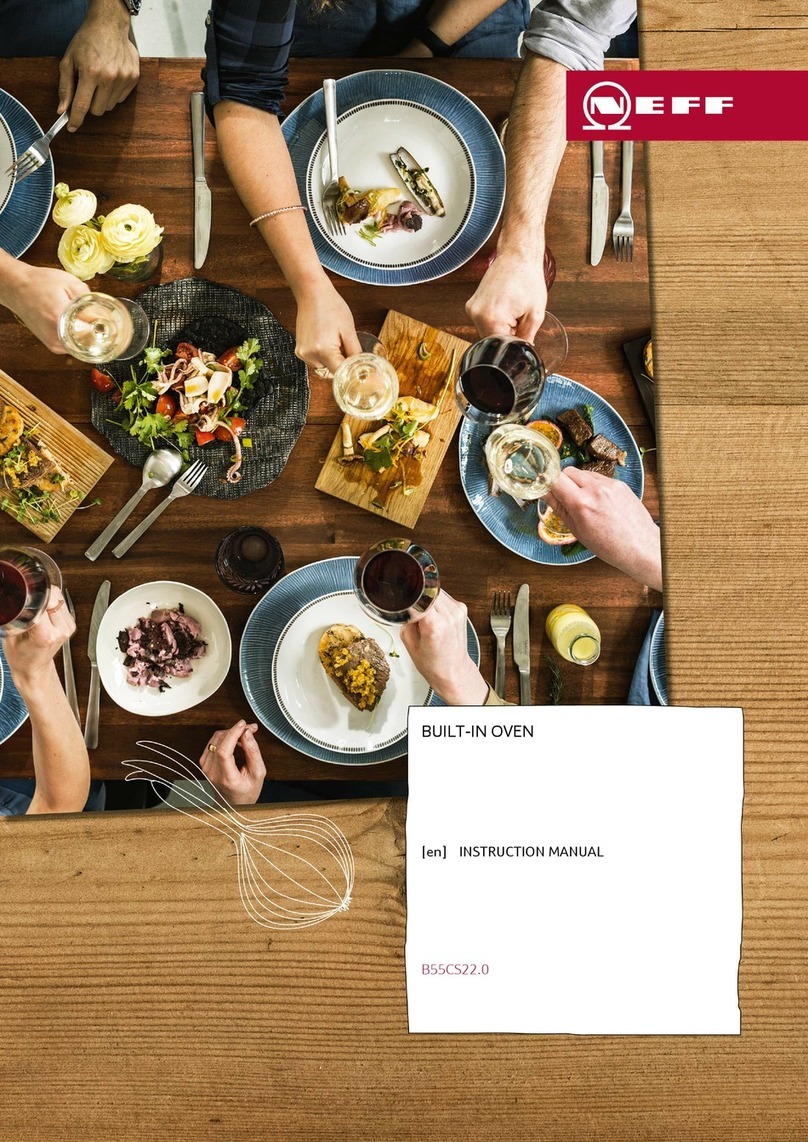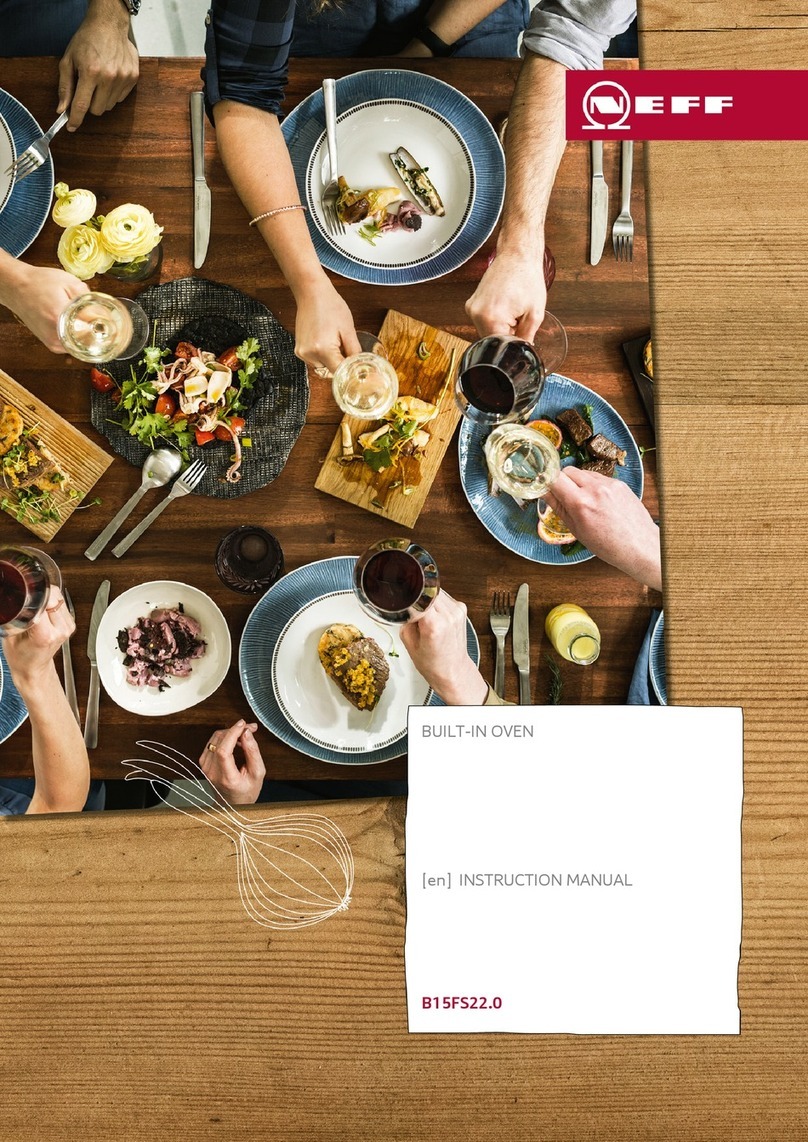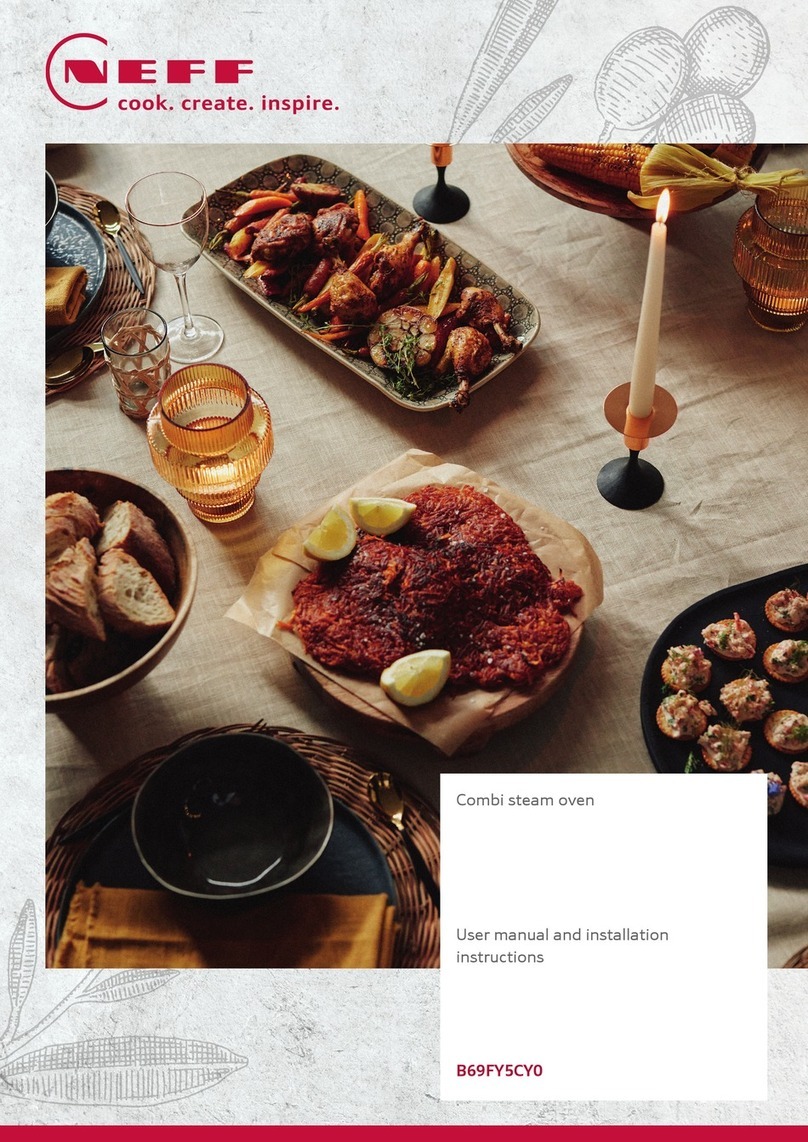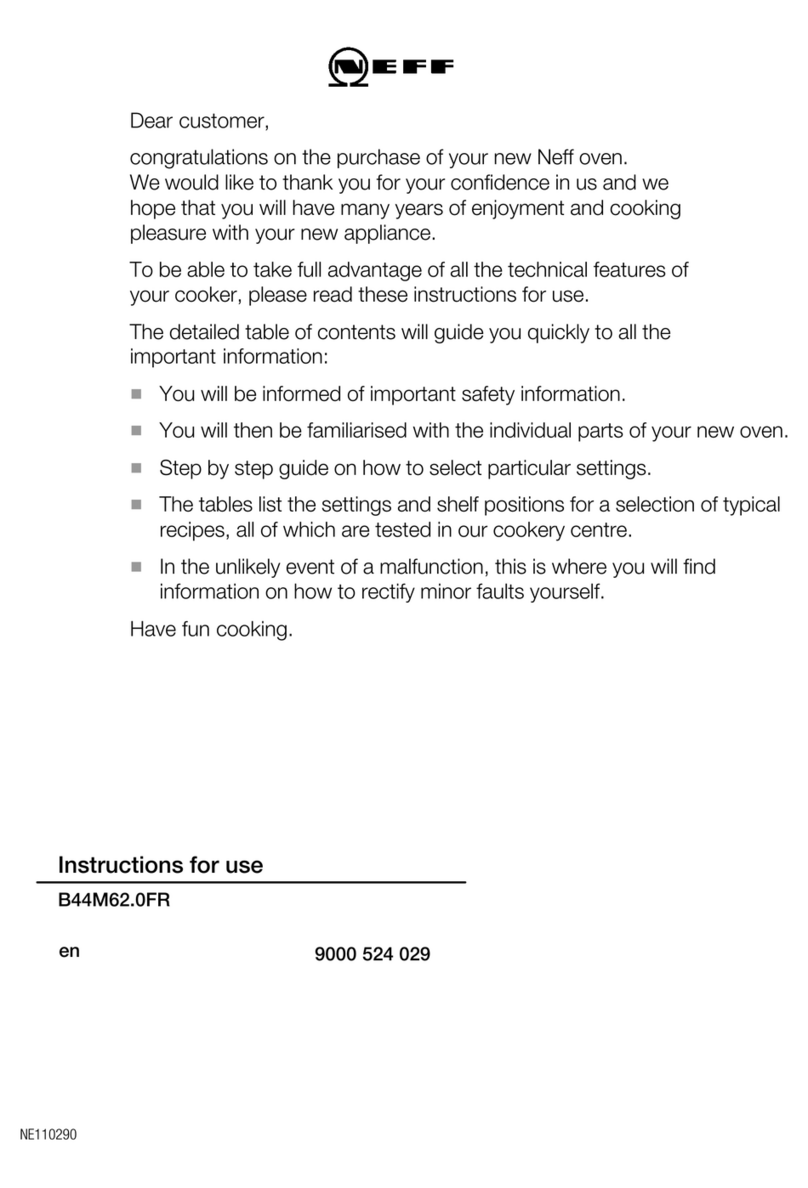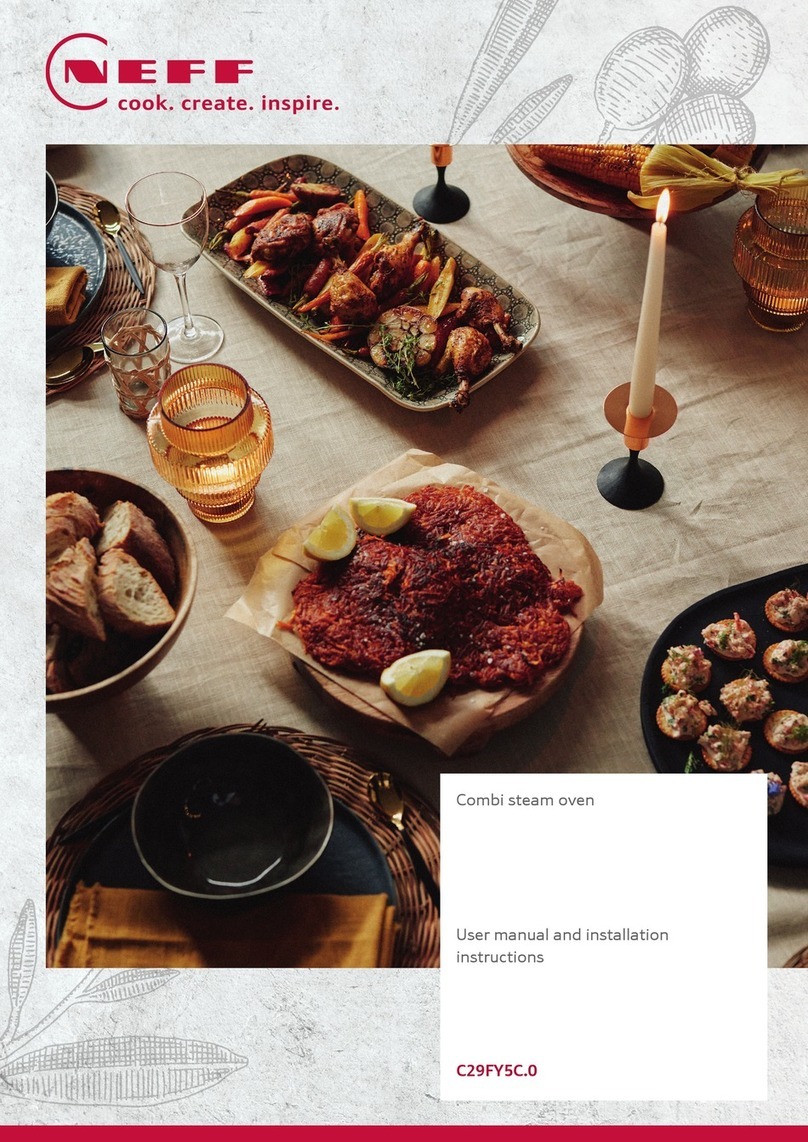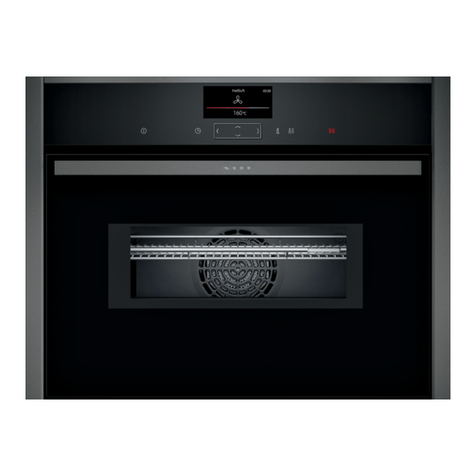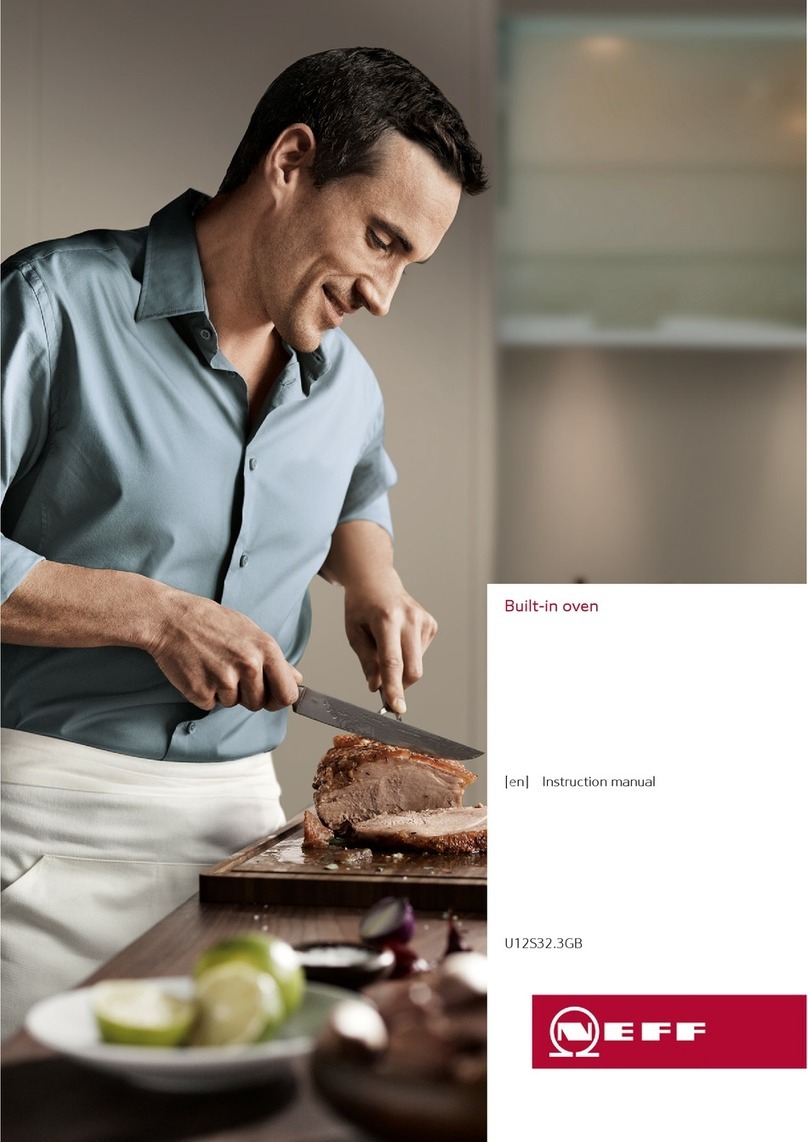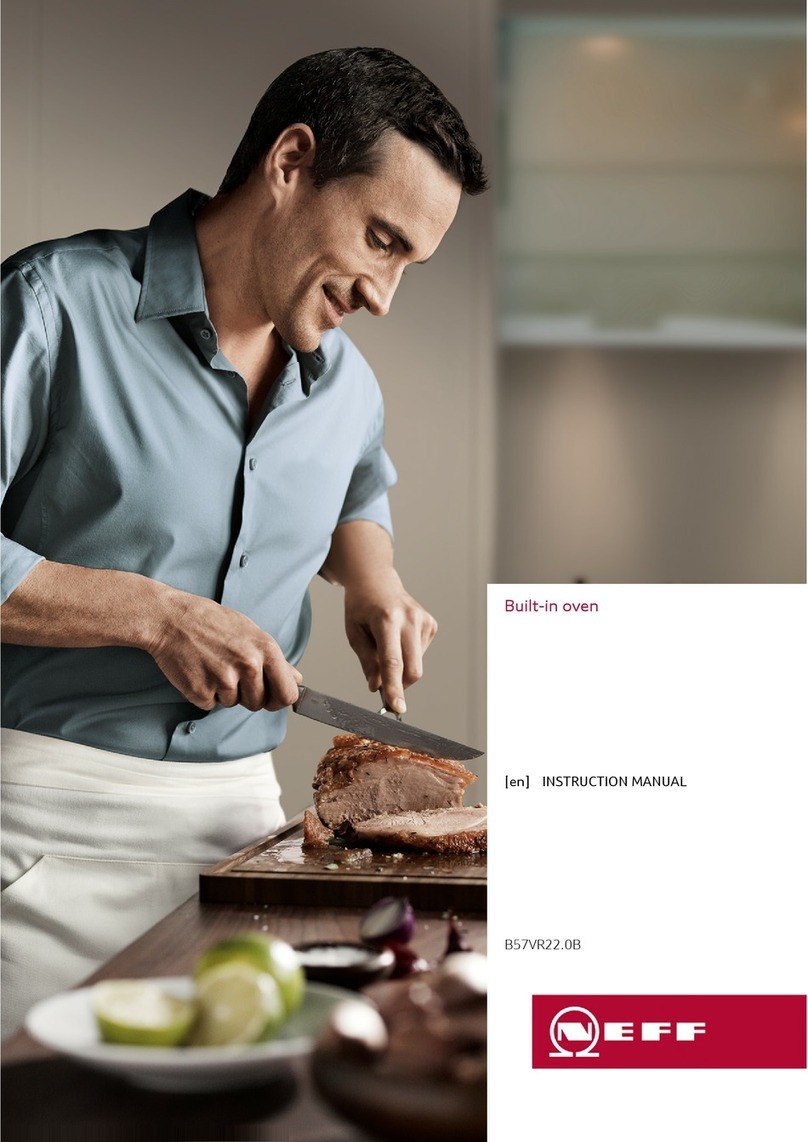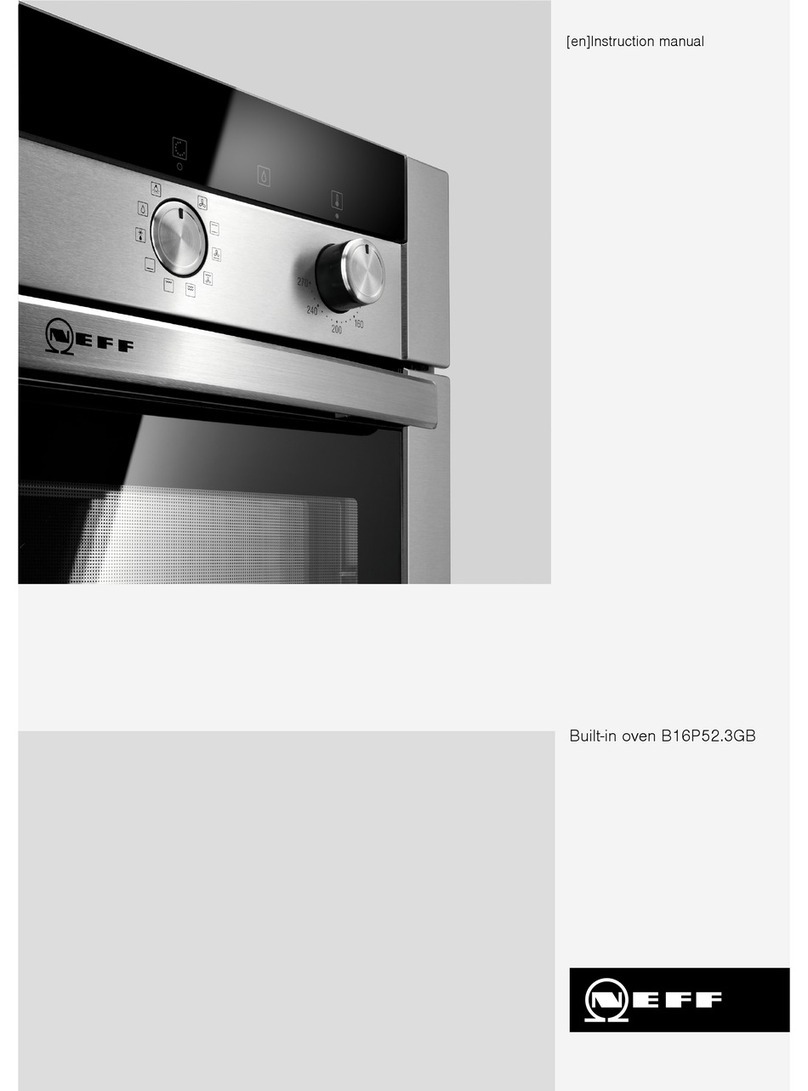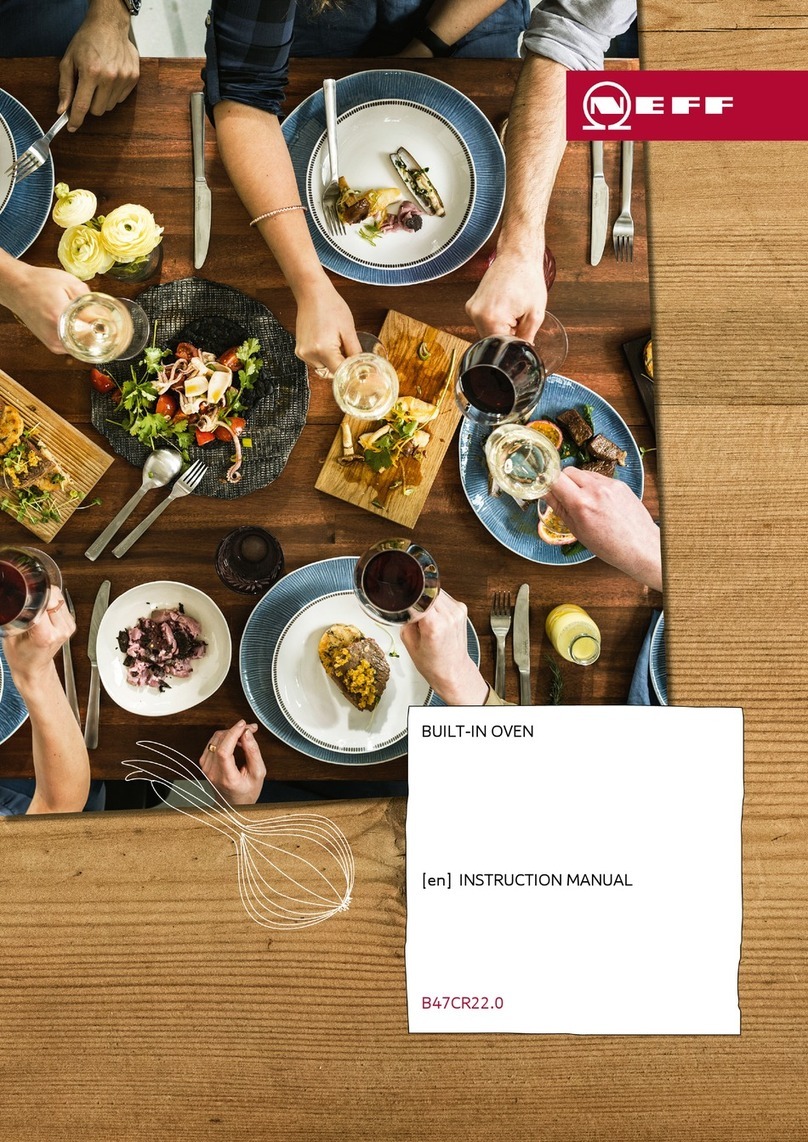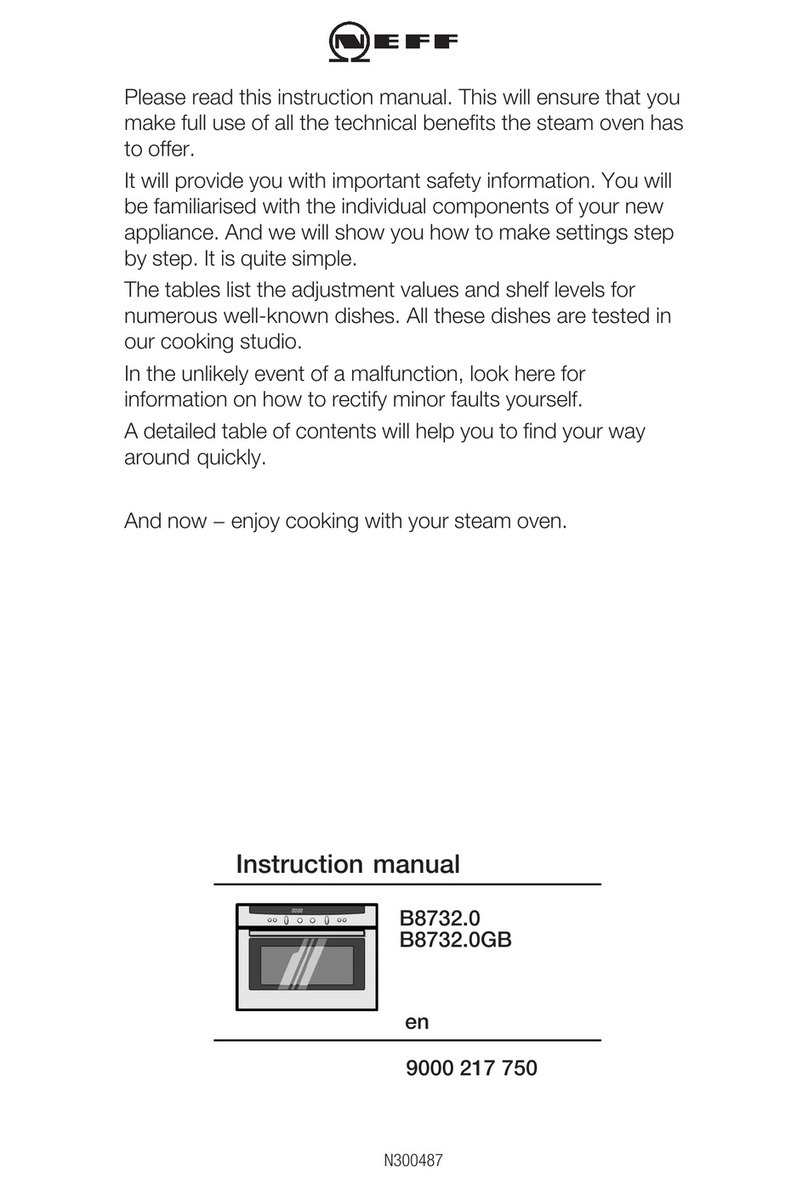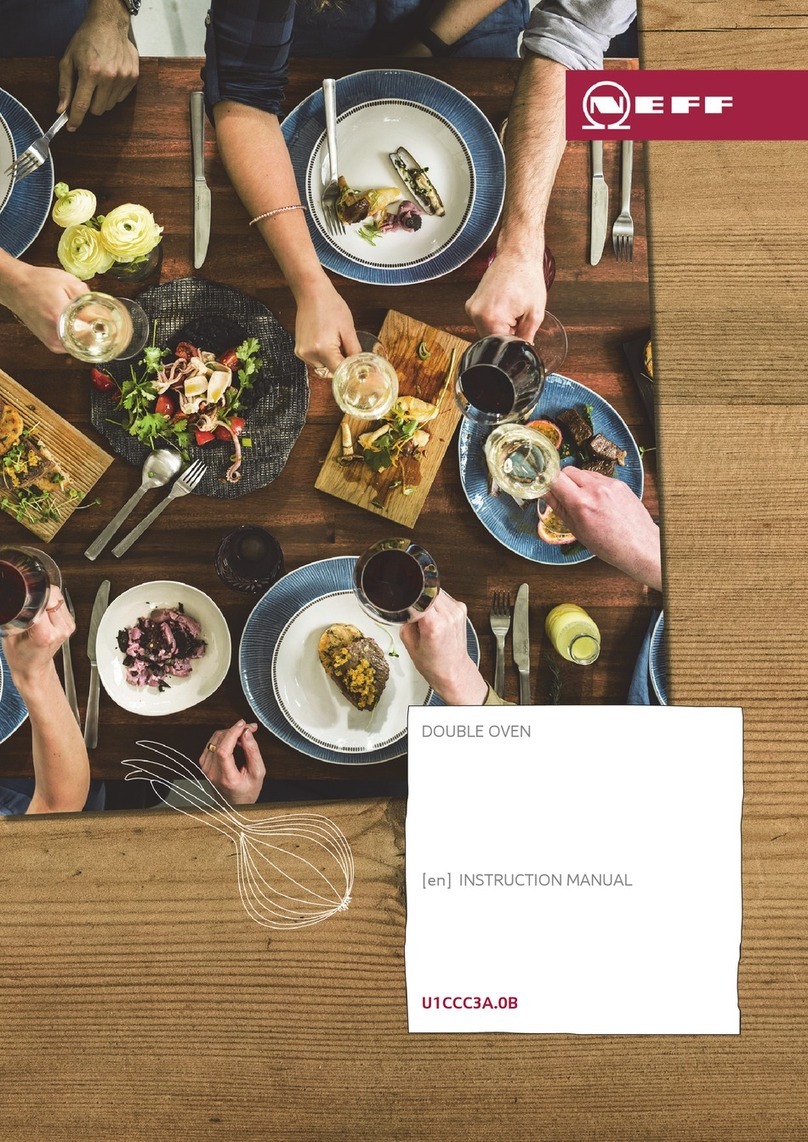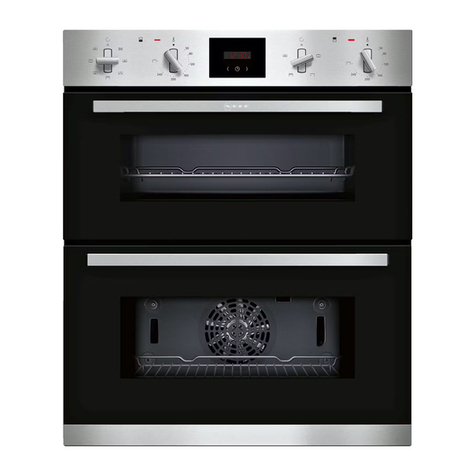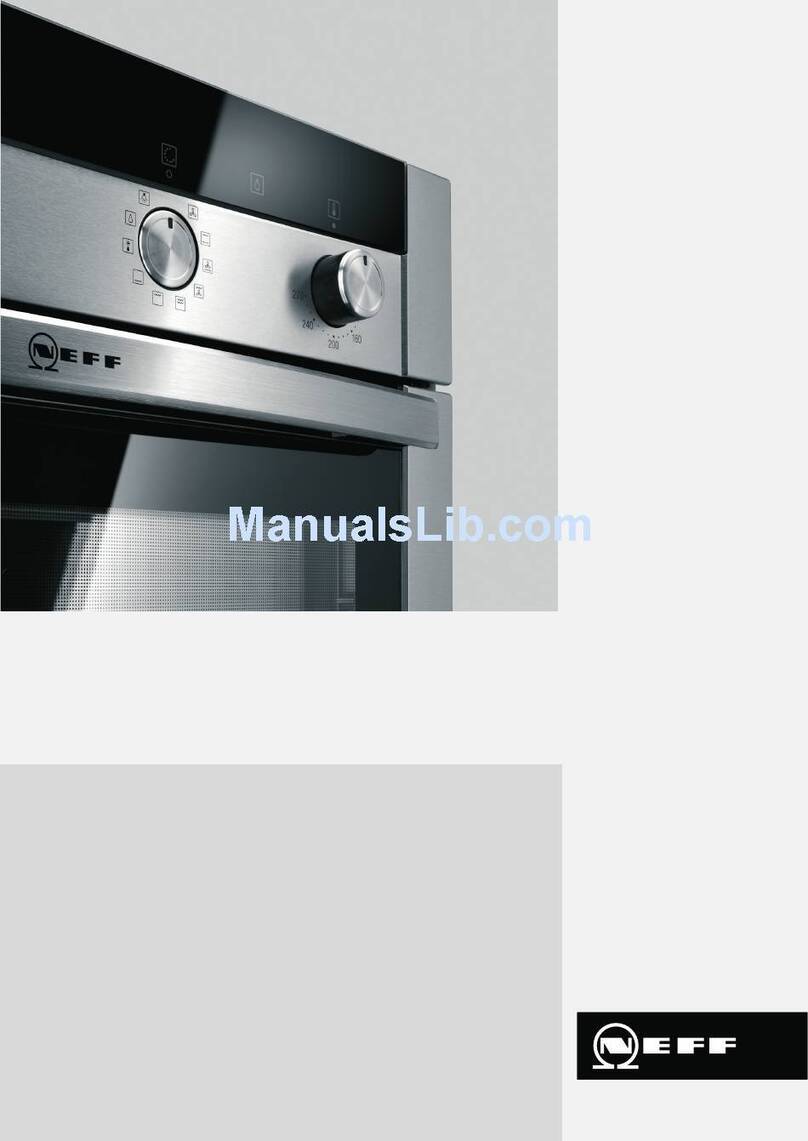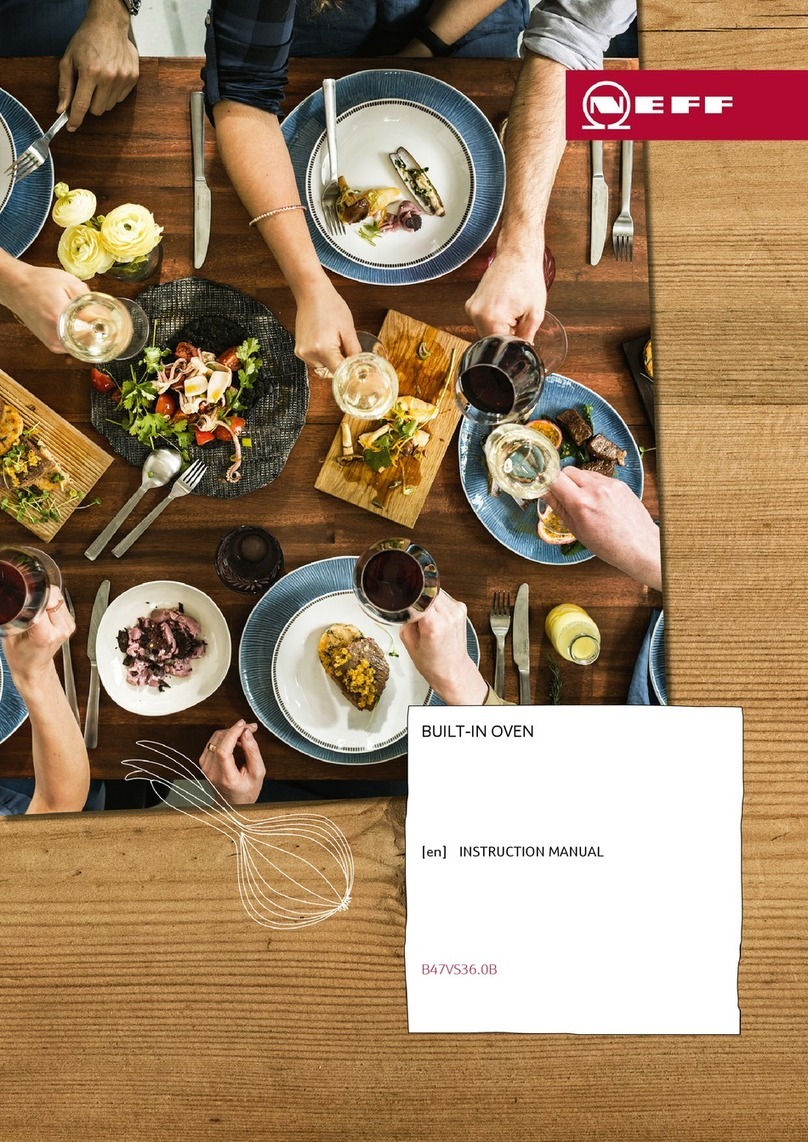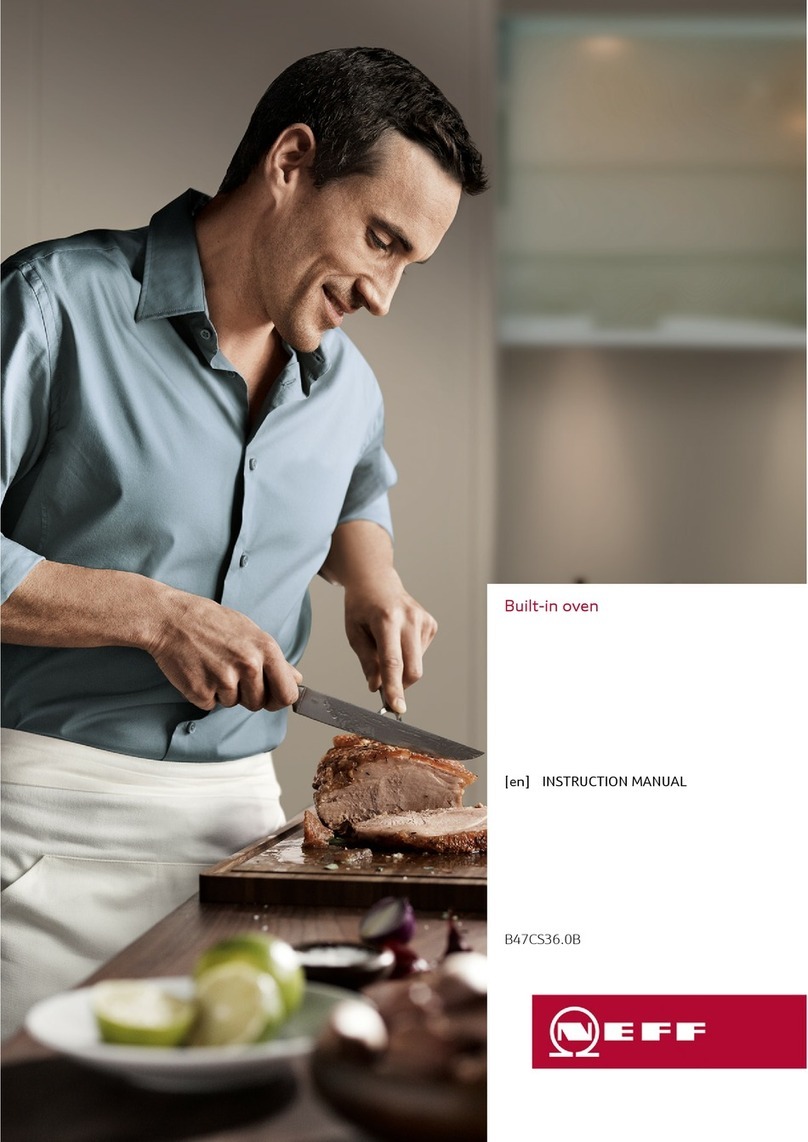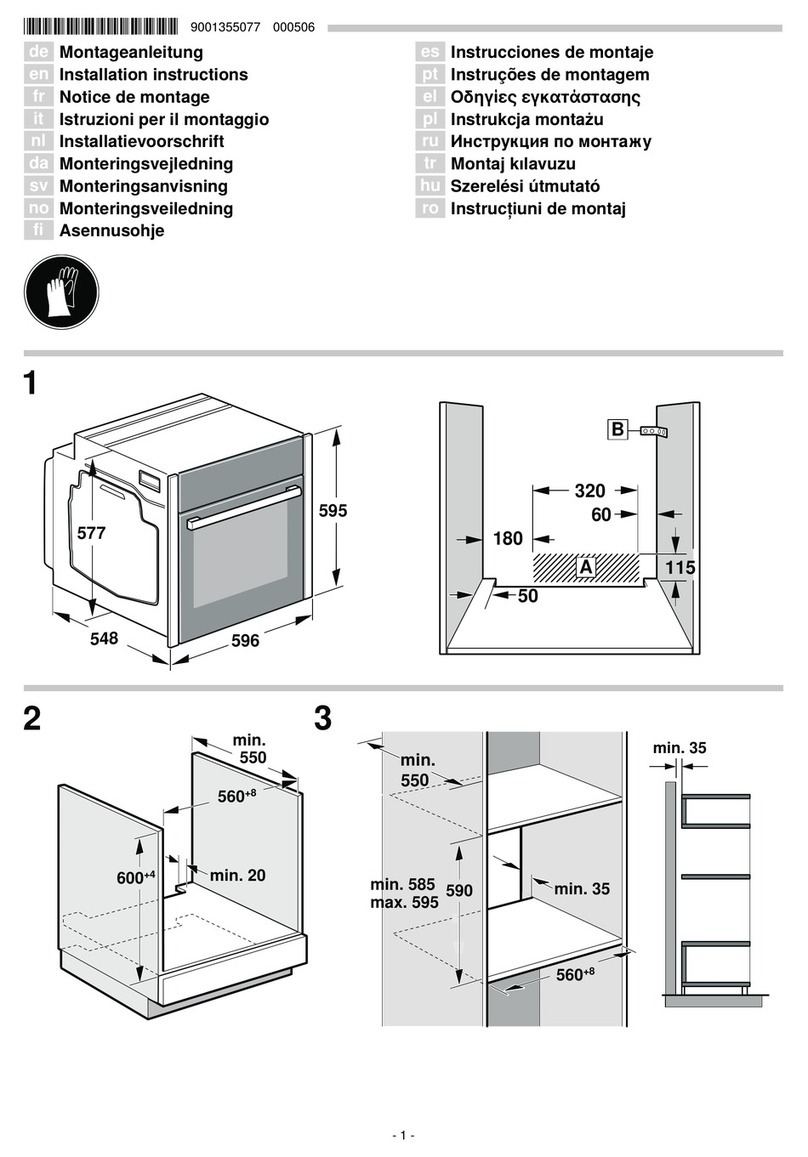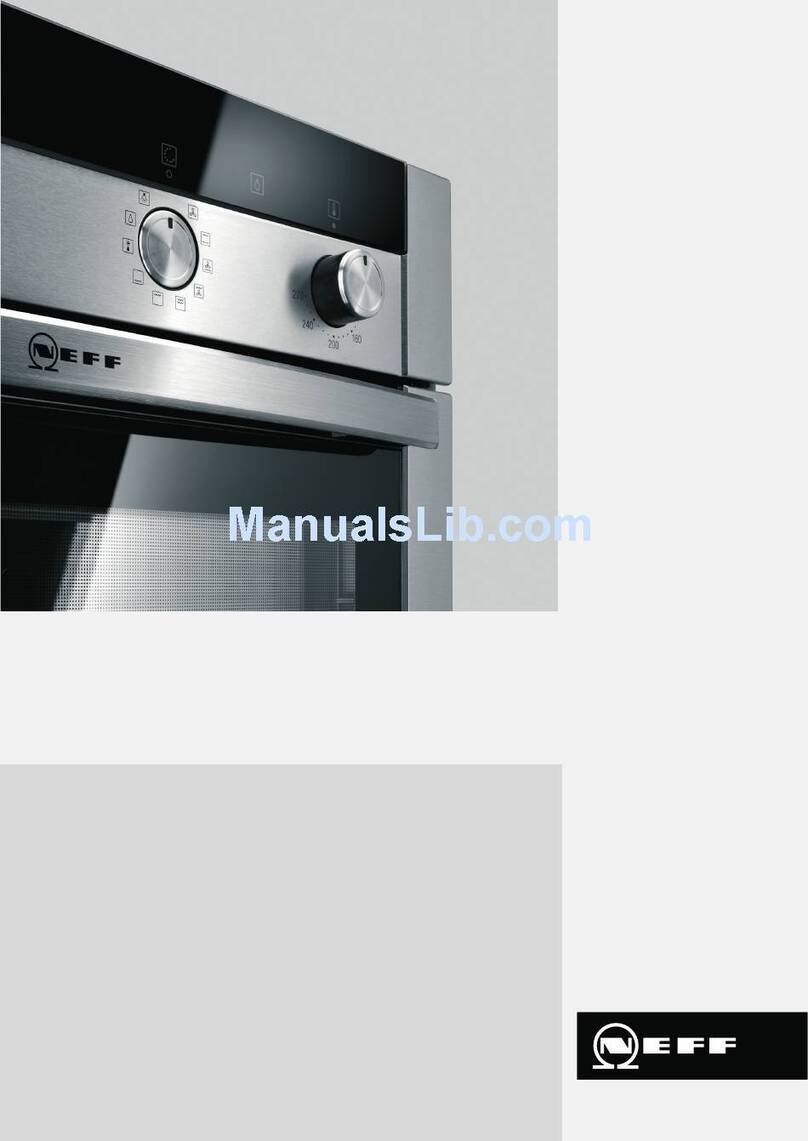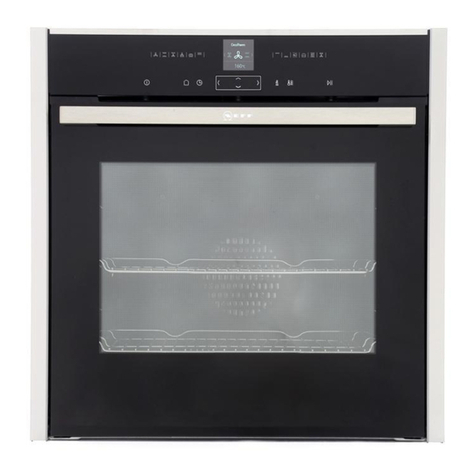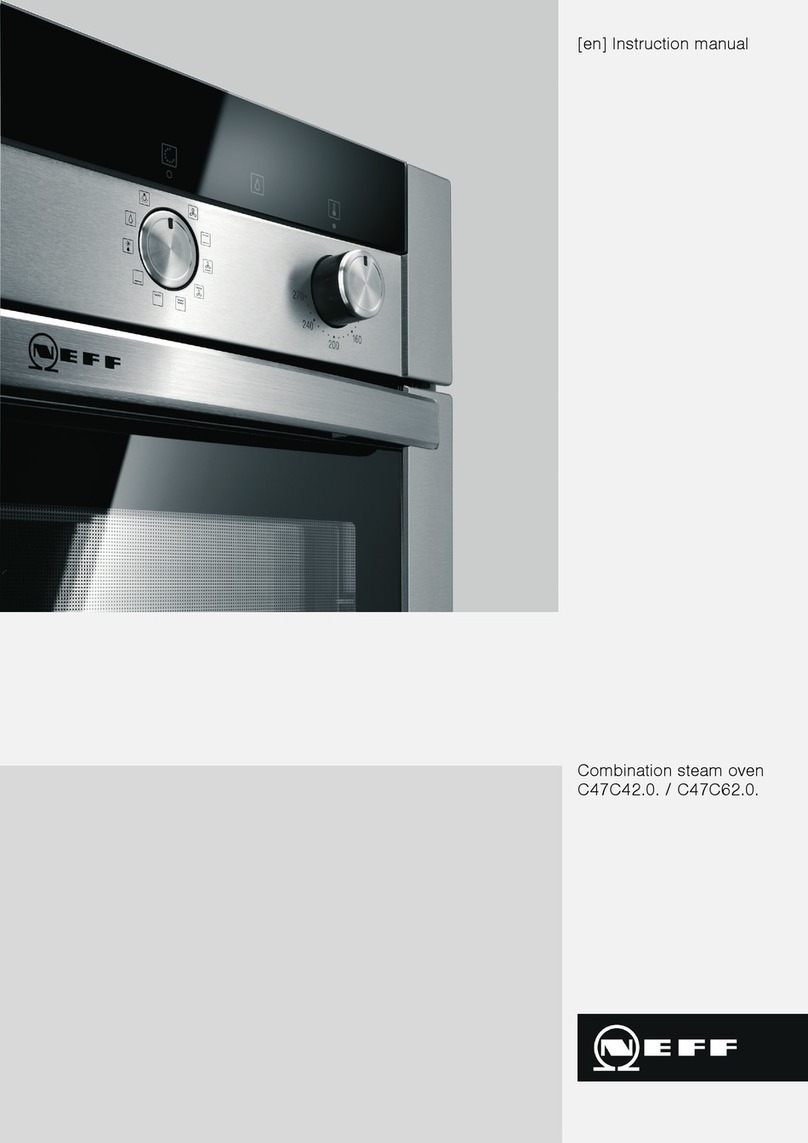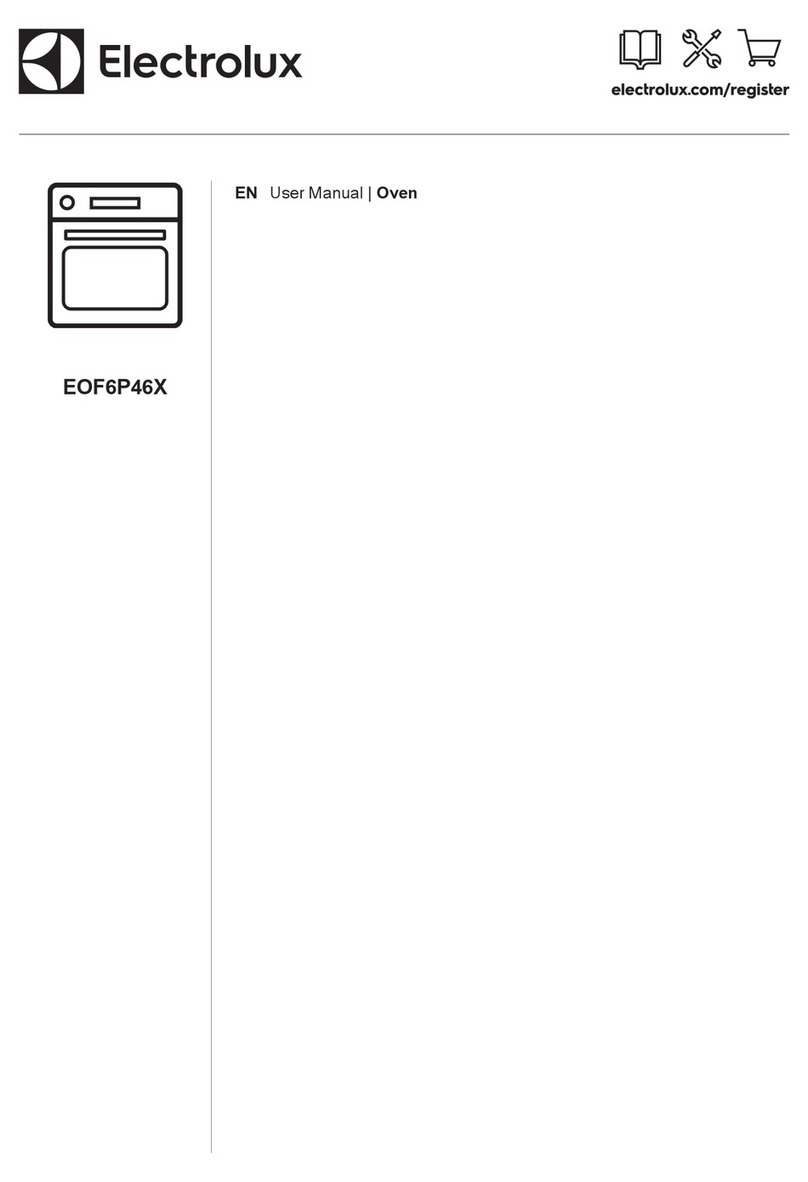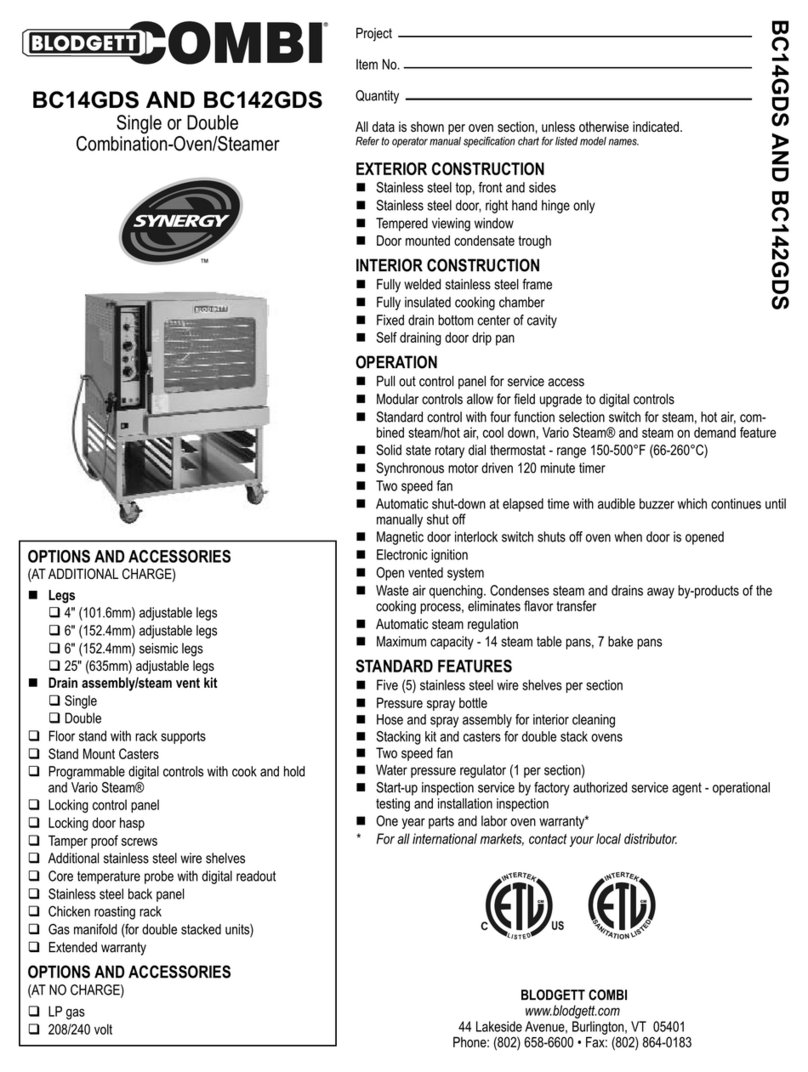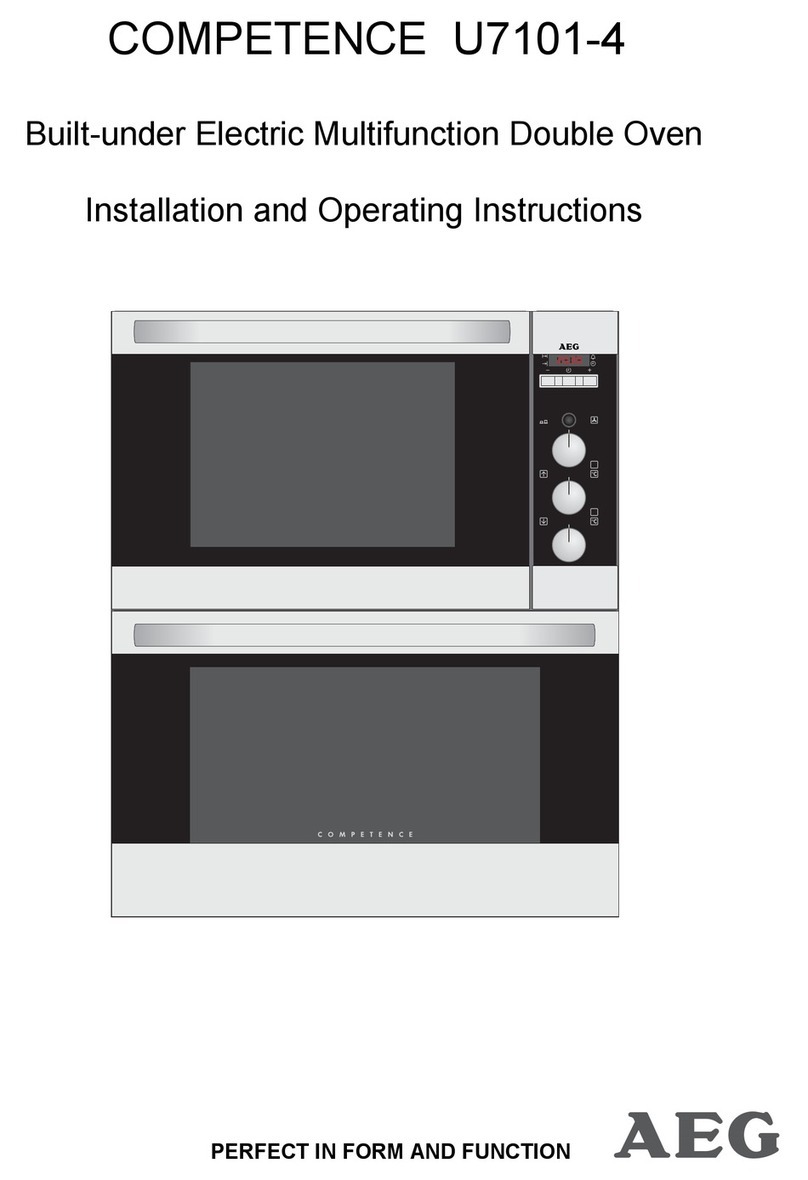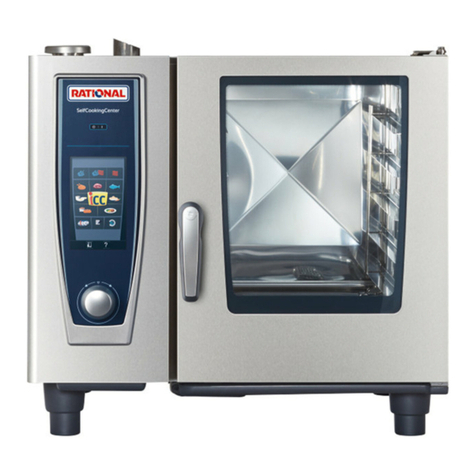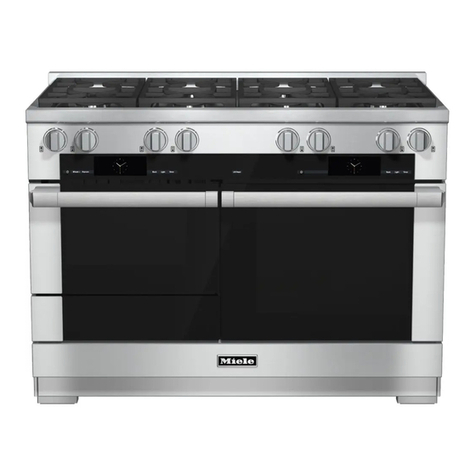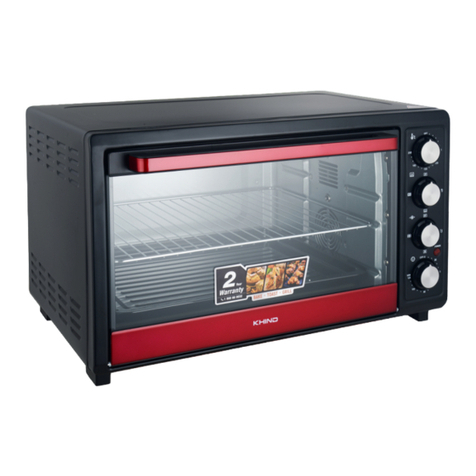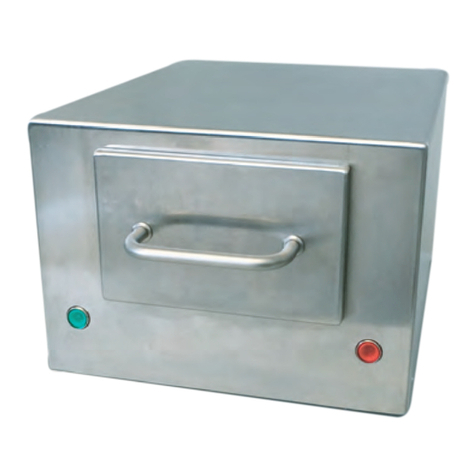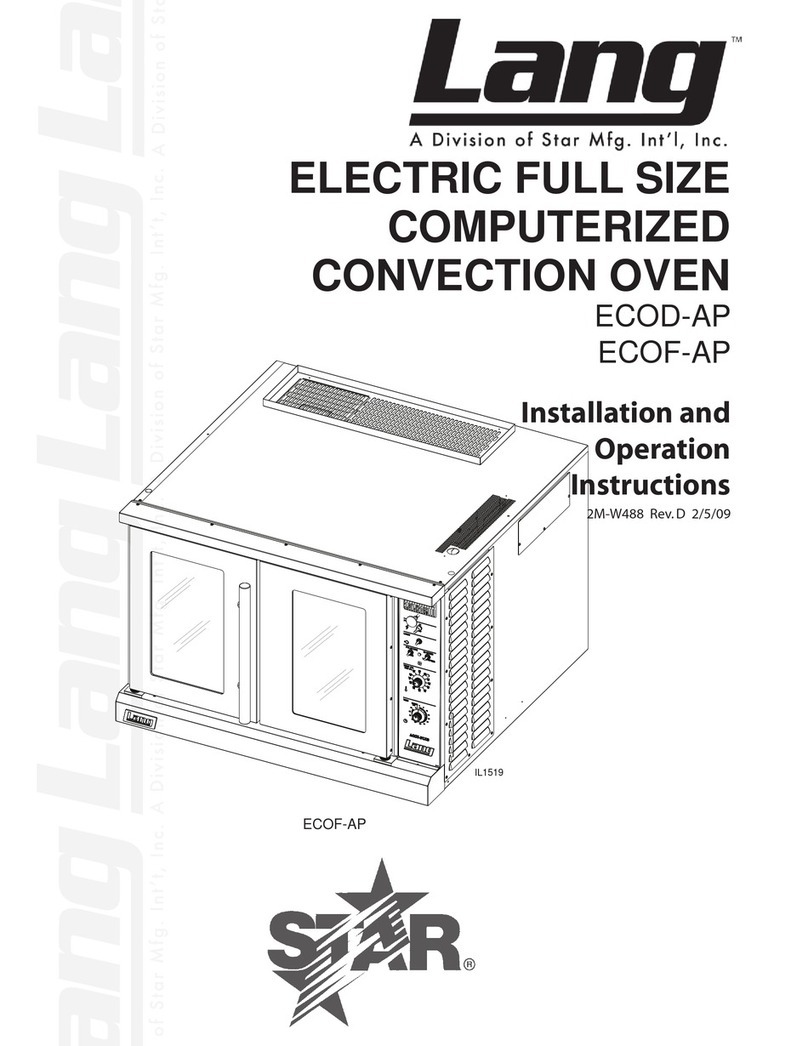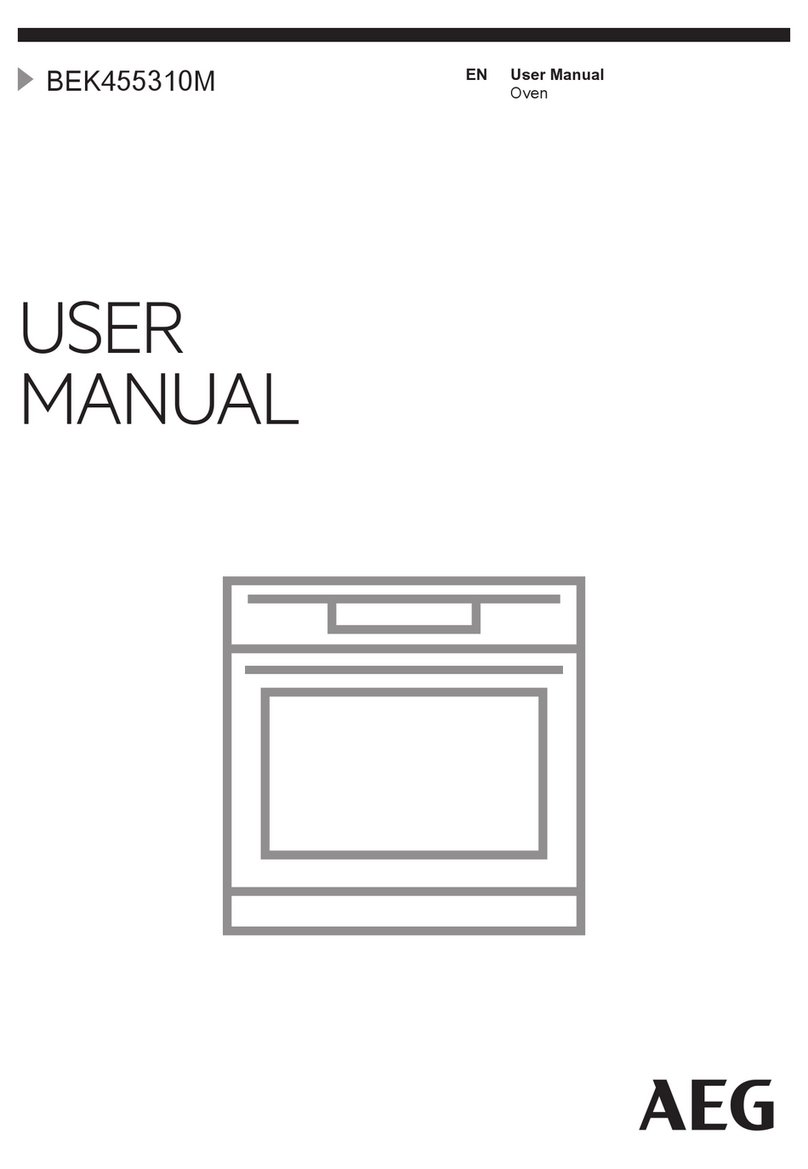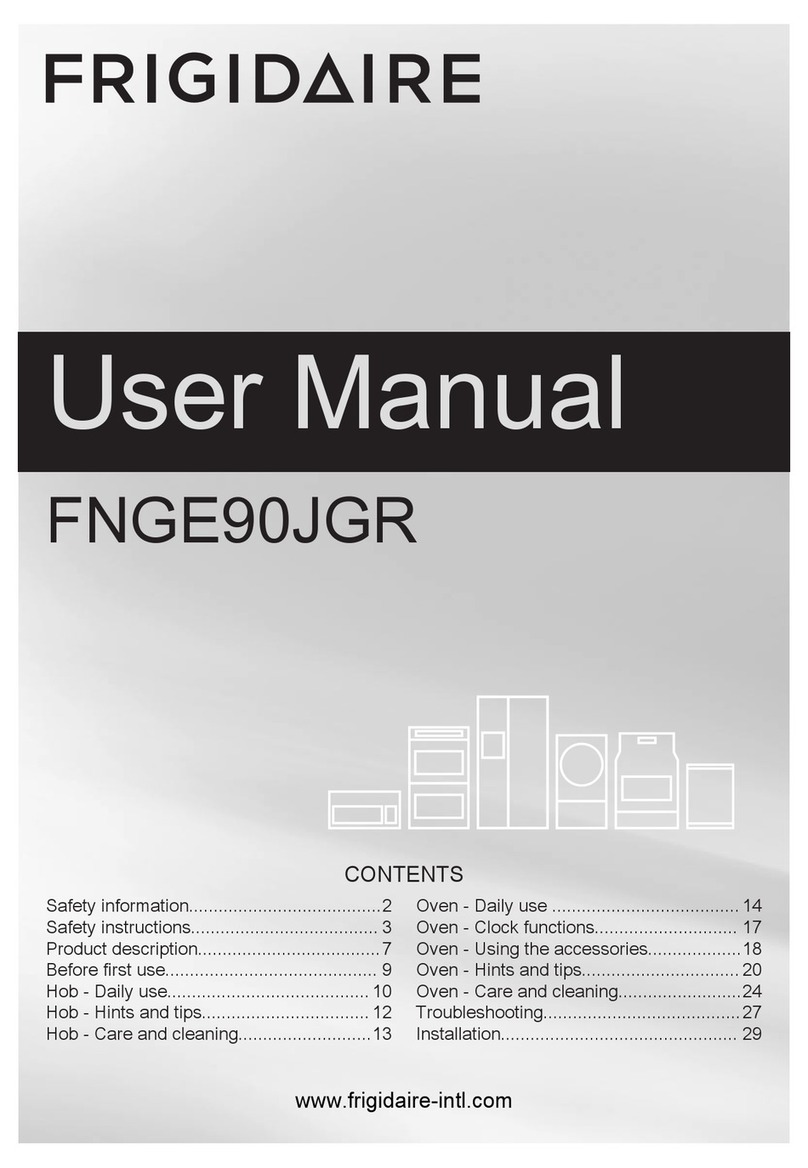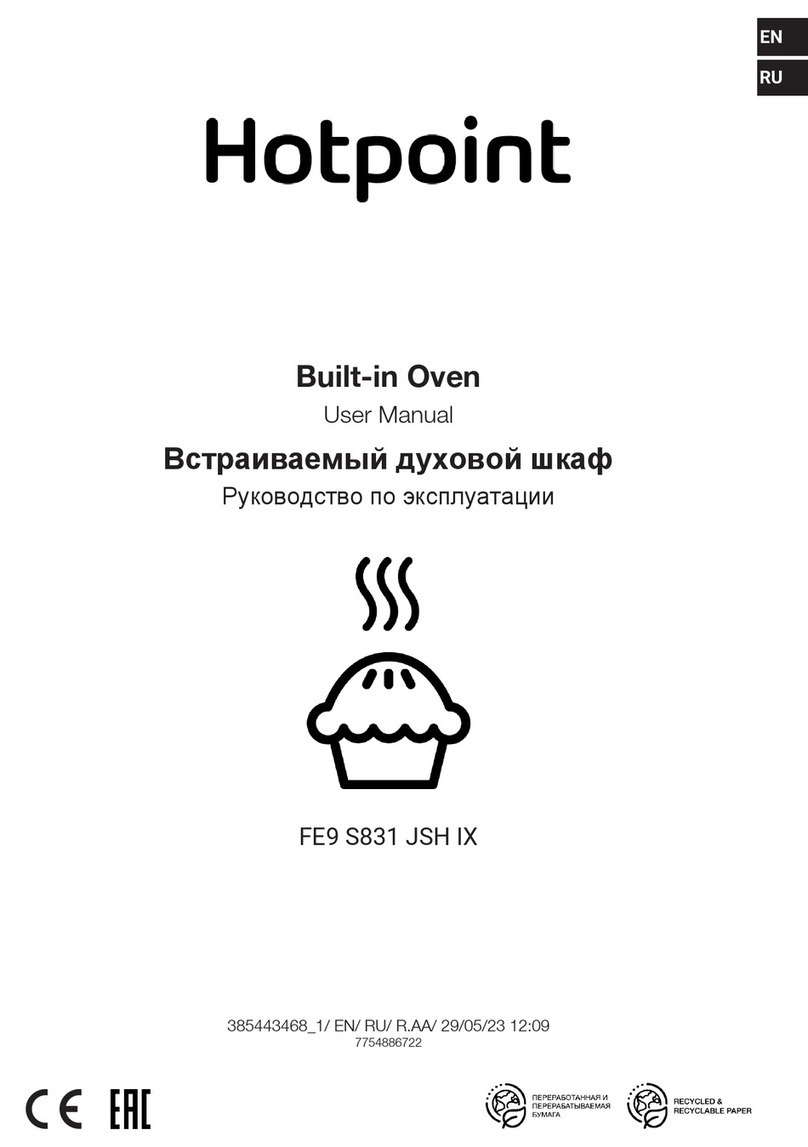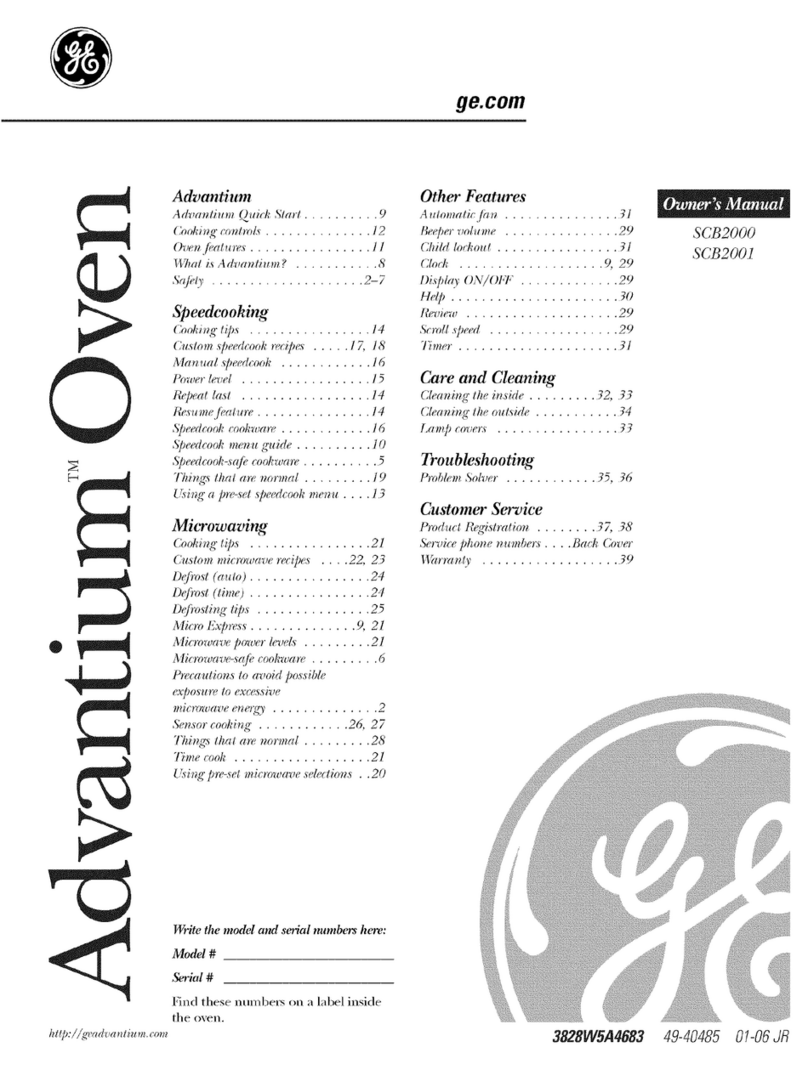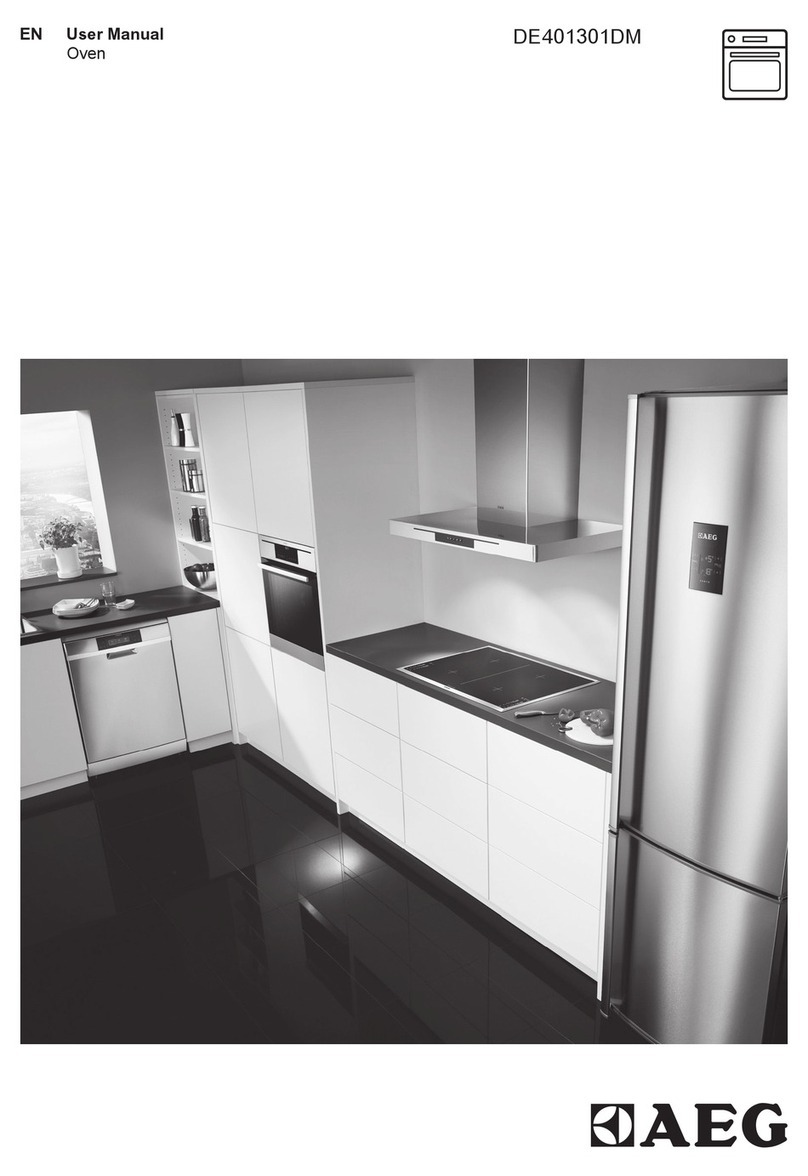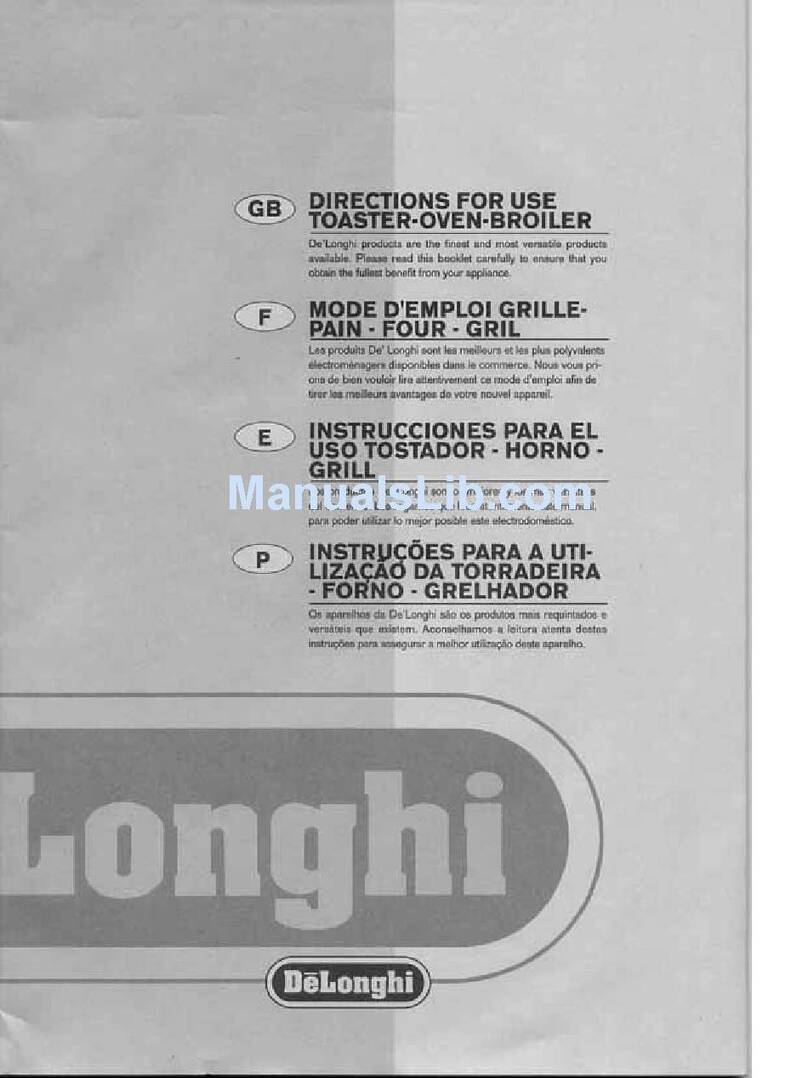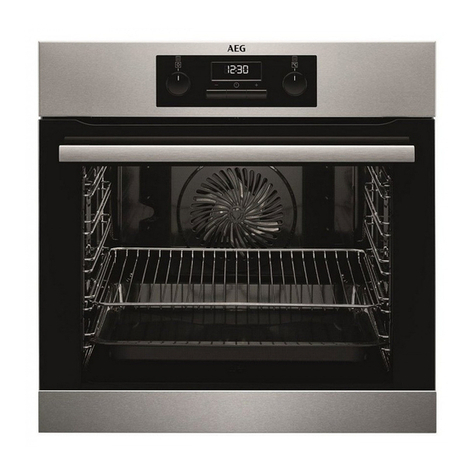
3
ÚTable of contents
[en]Instructionmanual
Important safety information.....................................................4
Causes of damage .............................................................................5
Energy and environment tips....................................................5
Saving energy......................................................................................5
Environmentally-friendly disposal.....................................................5
Your new appliance.................................................................... 6
Control panel .......................................................................................6
Operating modes ................................................................................6
Your accessories........................................................................7
Accessories .........................................................................................7
Inserting accessories .........................................................................7
Shelf positions .....................................................................................7
Optional accessories .........................................................................8
Before using the appliance for the first time ...........................8
Setting the language ..........................................................................8
Setting the clock .................................................................................8
Cleaning the appliance......................................................................8
Operating the appliance ............................................................9
Switching on the appliance...............................................................9
Switching off the appliance...............................................................9
Changing the basic settings .............................................................9
Automatic safety cut-out ................................................................. 10
Electronic clock........................................................................ 10
Clock display .................................................................................... 10
Timer .................................................................................................. 11
Cooking time .................................................................................... 11
End of operation .............................................................................. 11
Preset operation............................................................................... 11
Setting the clock .............................................................................. 11
Rapid heat up ................................................................................... 12
Checking, correcting or deleting settings ................................... 12
Childproof lock .........................................................................12
Lock.................................................................................................... 12
Permanent lock ................................................................................ 12
Baking ....................................................................................... 13
Baking in tins and on trays ............................................................ 13
Baking on two or more levels ....................................................... 13
Baking table for basic doughs/cake mixtures........................... 13
Bread-baking .................................................................................... 14
Baking table for fresh meals and frozen convenience products
............................................................................................................. 15
Tips and tricks .................................................................................. 16
Roasting ....................................................................................16
Open roasting................................................................................... 16
Closed roasting................................................................................ 17
Roasting table .................................................................................. 17
Tips and tricks .................................................................................. 18
Grilling ....................................................................................... 18
Circo-roasting ................................................................................... 18
Radiant grilling ................................................................................. 19
Steam cooking.......................................................................... 20
Dough proving..........................................................................20
Yeast dough...................................................................................... 20
Yoghurt .............................................................................................. 21
Low-temperature cooking ....................................................... 21
Using Low-temperature cooking................................................... 21
Table for Low-temperature cooking ............................................. 21
Tips and tricks.................................................................................. 22
Defrosting ................................................................................. 22
Defrosting with CircoTherm®........................................................ 22
Defrost ............................................................................................... 22
Preserve .................................................................................... 23
Cleaning and care .................................................................... 23
Cleaning the appliance exterior .................................................... 24
Cleaning the cooking compartment............................................. 24
Self-cleaning surface....................................................................... 24
EasyClean®...................................................................................... 25
Removing and fitting the appliance door.................................... 25
Cleaning the door panels............................................................... 26
Cleaning the cooking compartment ceiling................................ 27
Cleaning the hook-in racks............................................................ 27
Cleaning the telescopic shelves ................................................... 27
Faults and repairs .................................................................... 27
Replacing the oven light bulb ....................................................... 29
Changing the door seal.................................................................. 29
After-sales service ................................................................... 29
E number and FD number ............................................................. 29
Test dishes................................................................................ 30
Produktinfo
Additional information on products, accessories, replacement
parts and services can be found at www.neff-
international.com and in the online shop www.neff-
eshop.com
